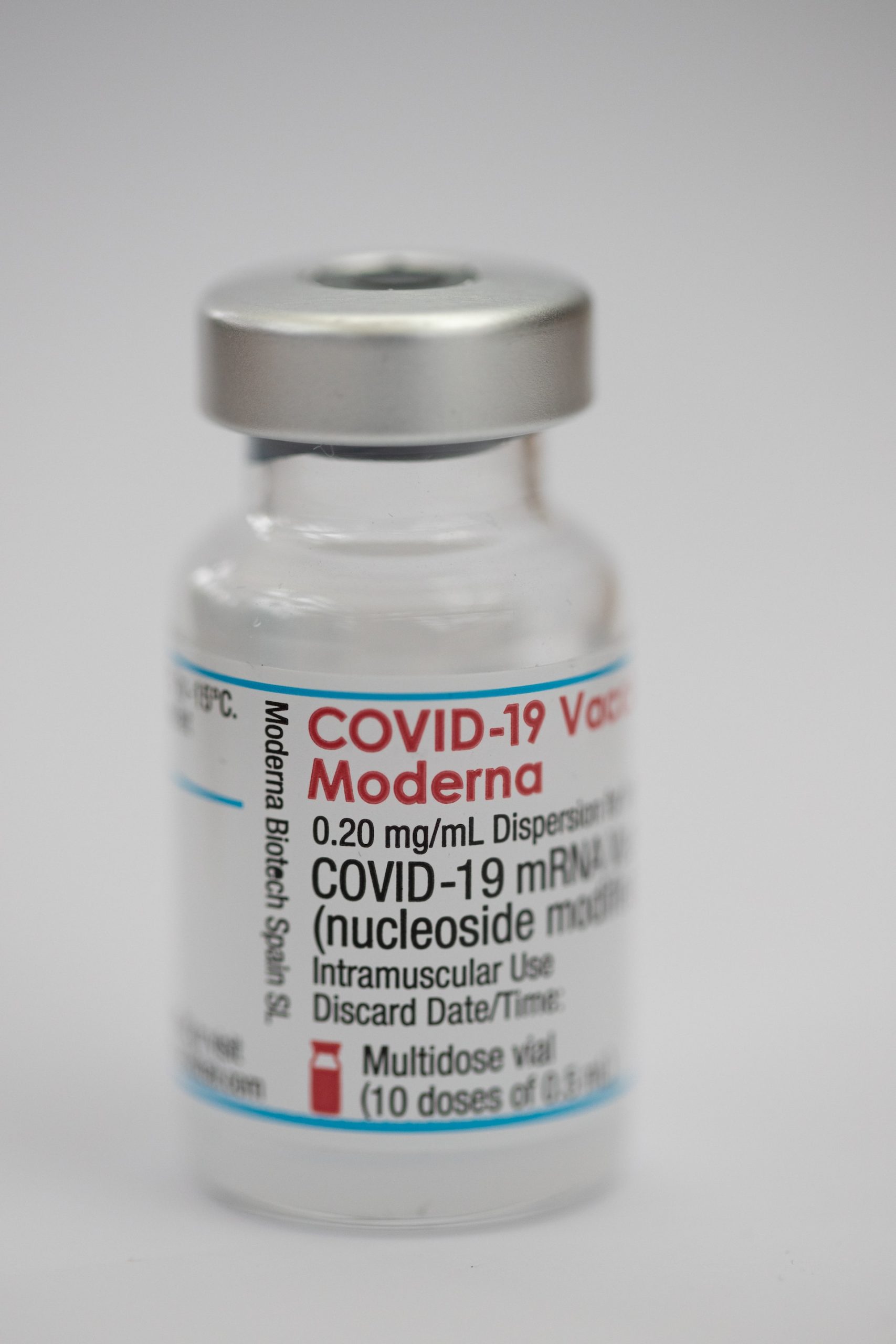Piroplasmosis is a serious tick-borne disease that affects various domestic and wild animals, including horses. The disease is caused by a microscopic parasite that infects the red blood cells of the horse, leading to anemia, fever, and other health complications. Piroplasmosis is prevalent in many parts of the world, including North and South America, Europe, Asia, and Africa. In this article, we will discuss some tips for equine owners to prevent Piroplasmosis in horses.
- Use Tick Control Products
One of the most effective ways to prevent Piroplasmosis in horses is to use tick control products. There are various tick repellents and insecticides available on the market that can be used on horses to repel ticks and other biting insects. Some of these products can be applied topically, while others can be given orally or through injection. It is essential to consult with a veterinarian to determine which tick control product is appropriate for your horse, based on its age, weight, and health status.
- Check Your Horse for Ticks Regularly
Ticks are the primary carriers of the Piroplasmosis parasite, and they can attach to horses at any time, especially during the warmer months. It is essential to check your horse for ticks regularly, especially after it has been in a tick-infested area, such as wooded or grassy areas. Ticks can attach to any part of the horse’s body, including the mane, tail, ears, and legs. If you find a tick on your horse, remove it immediately using tweezers or a tick removal tool.
- Keep Your Horse in a Clean Environment
A clean environment is essential to prevent the spread of Piroplasmosis in horses. Regularly clean your horse’s stall or paddock to remove any feces or urine, which can attract flies and other insects. Use clean and fresh bedding, such as straw or wood shavings, to reduce the risk of ticks and other parasites. Avoid overcrowding in the stable or paddock, as this can increase the risk of disease transmission.
- Quarantine New Horses
If you are introducing a new horse to your stable or paddock, it is essential to quarantine it for a period of at least 21 days. Quarantine is necessary to ensure that the new horse does not have any infectious diseases, including Piroplasmosis. During the quarantine period, monitor the new horse for any signs of illness, such as fever, anemia, or loss of appetite. Consult with a veterinarian if you suspect that the new horse is sick.
- Maintain Good Hygiene Practices
Good hygiene practices are crucial to prevent the spread of Piroplasmosis in horses. Wash your hands thoroughly with soap and water before and after handling horses. Use separate grooming equipment, such as brushes and combs, for each horse to prevent cross-contamination. Dispose of manure and bedding properly, away from the stable or paddock, to reduce the risk of disease transmission.
In conclusion, Piroplasmosis is a serious disease that can affect horses, leading to anemia, fever, and other health complications. Equine owners can prevent Piroplasmosis in horses by using tick control products, checking horses for ticks regularly, maintaining a clean environment, quarantining new horses, and maintaining good hygiene practices. By following these tips, you can help keep your horse safe from Piropl











